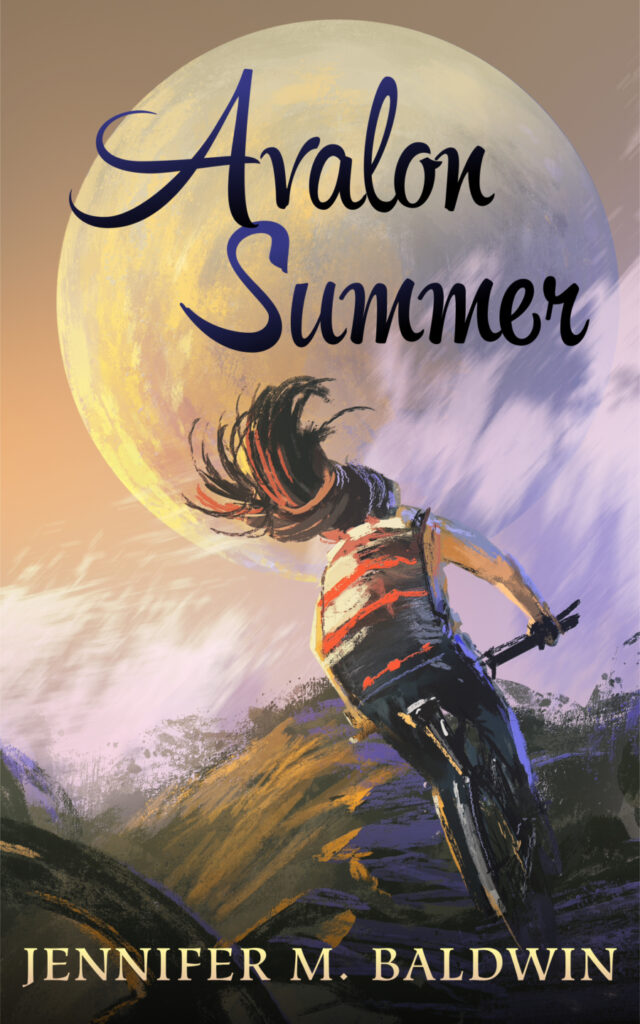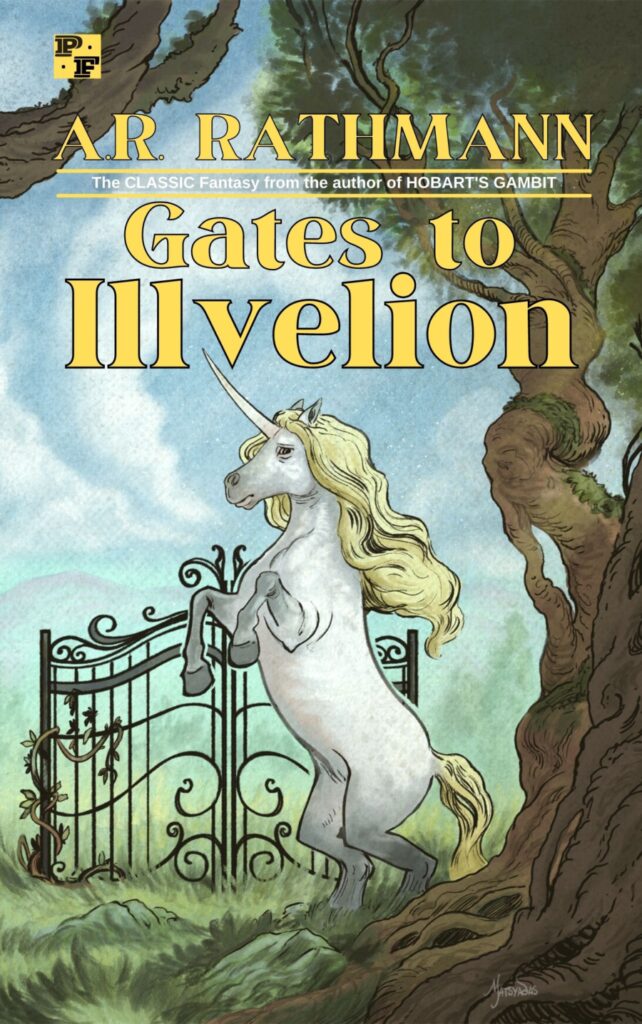 Any book that can make me feel sympathy for a cannibalistic child-killer is obviously doing something profound. Richard Nell’s first book in his Ash and Sand series is nothing if not ambitious. Which I love. I love when writers try to actually say something with their work, when they try to find deeper truths. Exploring the inner workings of a broken sociopath while also delving into big questions like, “Why is the world unjust?” and “How are we called to respond to that injustice?” is a feat unto itself. Most writers satisfy their ambitions by trying to write a good plot with good characters; few writers seem up to the challenge of writing a great story, great characters, and powerful themes. Nell attempts that here, and I find that immensely exciting.
Any book that can make me feel sympathy for a cannibalistic child-killer is obviously doing something profound. Richard Nell’s first book in his Ash and Sand series is nothing if not ambitious. Which I love. I love when writers try to actually say something with their work, when they try to find deeper truths. Exploring the inner workings of a broken sociopath while also delving into big questions like, “Why is the world unjust?” and “How are we called to respond to that injustice?” is a feat unto itself. Most writers satisfy their ambitions by trying to write a good plot with good characters; few writers seem up to the challenge of writing a great story, great characters, and powerful themes. Nell attempts that here, and I find that immensely exciting.
As soon as I read the first few chapters I knew that Kings of Paradise was trying to do more than just tell a ripping good story. It was trying to say something, to explore themes, to offer meaning, to stick to the bones in a way that had me immediately hooked. It also helps that Nell is a gifted writer with an amazing knack for creating characters that are dynamic, rounded, and utterly engaging. Whether it’s in the story line of the aforementioned sociopath, Ruka, or in the idealistic survivor Dala, or in the struggles and heartbreaks of the fundamentally-decent Kale, Nell’s characters feel fully alive, and I wanted to join them in their journeys of revenge, self-discovery, and enlightenment.
The world of Kings of Paradise is a neat little twist on the usual geography we residents of the Northern Hemisphere usually get in our fantasy settings. The Ascom, with its vaguely Norse-inspire names and culture is actually an Antarctic-type continent where South is colder than North. And the island kingdom where Kale lives and is prince is modeled on South East Asia (it’s a great economic power in the region, so maybe we are meant to see nods to the great Malacca trading empire of the Middle Ages). I’m not familiar with many fantasy epics that take place in a S.E. Asia-inspired setting, so for that alone, the book is intriguing.
What’s also intriguing is how Nell creates a matriarchal society in the Ascom, a place where a theocratic regime of women priestesses rules the land, and where families are known by their mothers’ names. One of the things I find most exciting about this world is the tension between the different religious beliefs: the old ways which seem to be more pantheistic and which favor traditional manly values like strength and feats of arms, versus the priestess-religion which focuses on one god (actually a goddess) and its values of law and orderliness. The dichotomy is set up between a might-makes-right/Chaos belief system and a follow-the-laws-and-conventions-of-society/Lawful system. Of course, as we discover, the matriarchal Lawful society is actually brimming with corruption, so we also get to explore themes related to dealing with a corrupt system and what to do when the laws and conventions of a society break down. This stuff: I LOVED.
And I also loved the journeys the characters went on — at least through the first 3/4 of the book. Ruka and Dala’s journeys were my favorite — not because they were good people, but actually despite their not-good-ness. They are each crusaders, fanatics in their own ways, and yet I was sympathetic to them and to their brokenness. Kale, despite being the nicest guy in the book, was actually my least favorite of the three major story lines. While the Ruka/Dala stories felt original and startling, the Kale story felt a little bit like a hodge-podge of other stories (a little Kaladin and Bridge Four at times; other times I felt like I was reading the “Cruel Tutelage of Pai Mei” sequence from Kill Bill vol. 2). The Kale story isn’t bad by any means, but the lessons he learns and the themes that get explored felt a bit trite, especially when contrasted with the stories set in the Ascom.
For three-quarters of the book, I was entranced. Unfortunately, that last quarter was a bit of a disappointment. All of the thematic questions raised earlier in the story seemed to get dropped by the end. One of the characters deals with his “goal” at about the 70% mark, and then from that point forward switches into a much more straight-forward villain. He goes from having a complicated and twisted motivation — something that I both wanted him to achieve and also not achieve at the same time — to having a simplistic “Let’s go conquer stuff” motivation that I found uninteresting. It moves the plot forward, I guess, but it’s not as rich as what was happening earlier in the book.
The other characters, as well, end up being less interesting when the final chapters roll along. I don’t want to spoil things, but one character gets dropped from the narrative almost entirely, and the other turns into something from a video game. Almost everyone goes from being multifaceted to being one-or-two-dimensional by the end.
EXCEPTION: One of the female characters does something so deliciously soap opera-y at the very end that I was immediately hooked to read the next book. So that’s a good thing. Ending on a crazy high note cliffhanger is always good. And what’s great about the gonzo ending is that even though it’s outrageous in some ways, it also makes some kind of crazy sense too. Now I’m fascinated to discover more about this person and her inner motivations and desires. Again, Nell has a way of hooking us with great characters who have hidden depths.
I know I am in the minority in finding these kinds of flaws in the book, but the last quarter of the story really left me disappointed, especially in comparison with what came before. The pacing was perfect up until about the 70% mark, but then during the last 30% new POVs kept getting introduced, events happened at a breakneck speed, and it felt very “off” compared with the earlier sections. All of this rushing about meant that the themes suffered, the characters grew flatter, and the promise of early greatness felt a bit dashed.
All of these criticisms aside, Kings of Paradise is a very good book. The writing, at a craft level, is stellar. Nell knows what he’s doing with language and it shows throughout. He also knows what he’s doing with character (for the most part), and I am excited to see where things go in the next book. I cannot say this is a book I will reread, but it is a book I will heartily recommend.
4.5 stars


